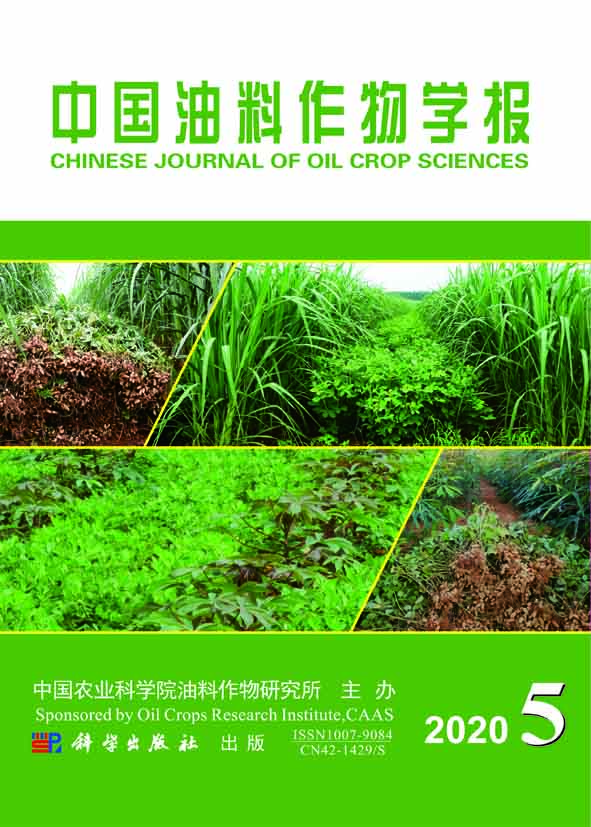
gen application and intercropped with cassava. Meanwhile, cassava intercropping significantly reduced the relative
abundance of Proteobacteria by 18.12%. Among the top 30 relative abundance bacteria genera, significant differenc⁃
es were found in TK10 and Roseiflexus among different treatment. Nitrogen application could significantly reduce
the relative abundance of candidatus_solibacter, acidimicrobiales and amycolatopsis by 41.18%, 33.11% and
71.98%, respectively. Redundancy analysis revealed that available phosphorus and pH significantly affected the
bacterial community composition of peanut rhizosphere soil. These findings provide information for understanding
the microecological environment of peanut rhizosphere in intercropping system.
peanut shoot tip and stamens than other tissues. This study provided some theoretical evidence for further
revealing the function of AGO protein, and exploring targeted gene resources related to stress-resistant breeding in peanut.
tassium content, but lower the content of available P. Liming in calcium acid soil peanut production should increase
phosphate, thereby ensuring the high-efficient and high-yield peanut cultivation.
Jiangxi province.